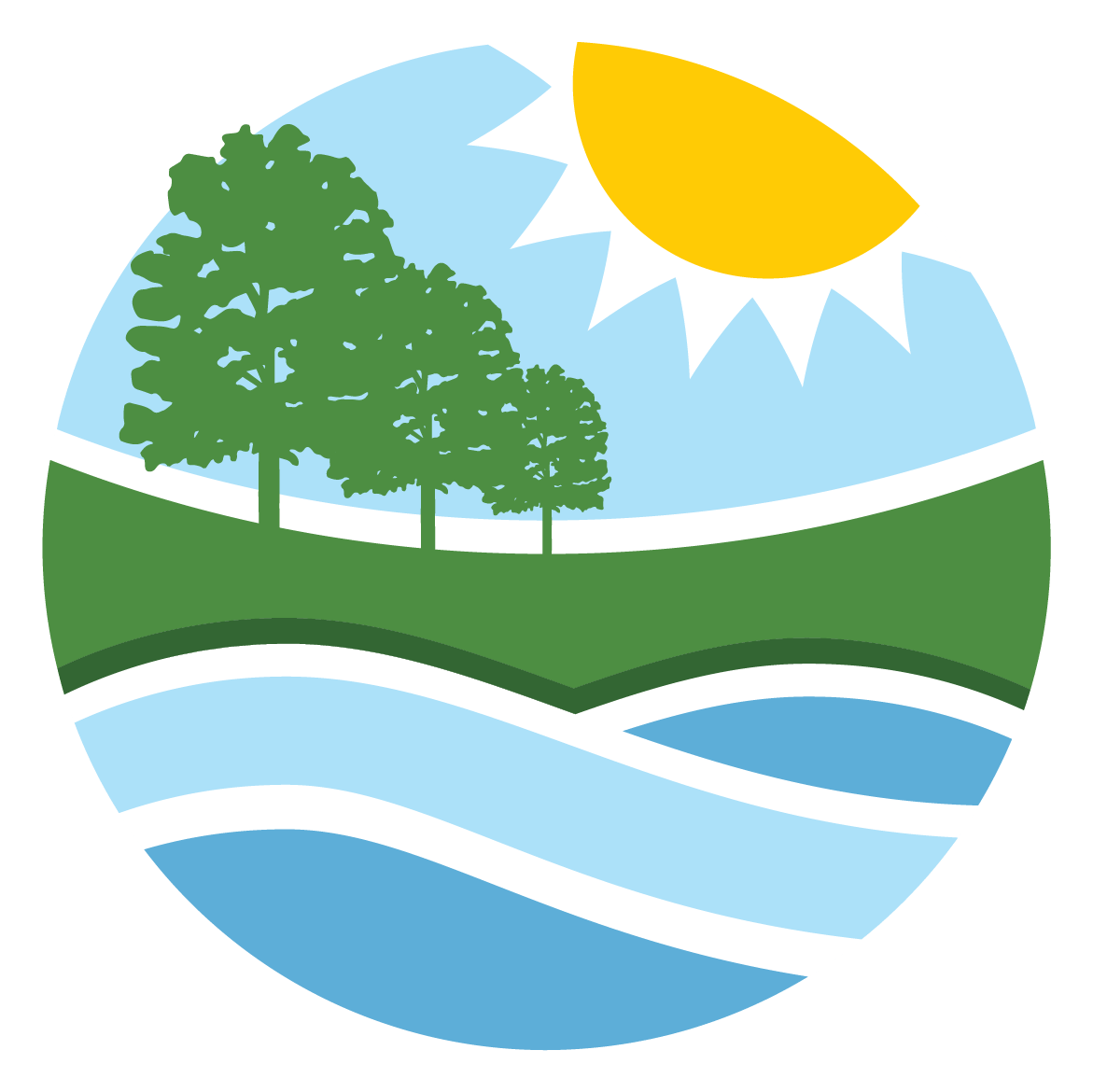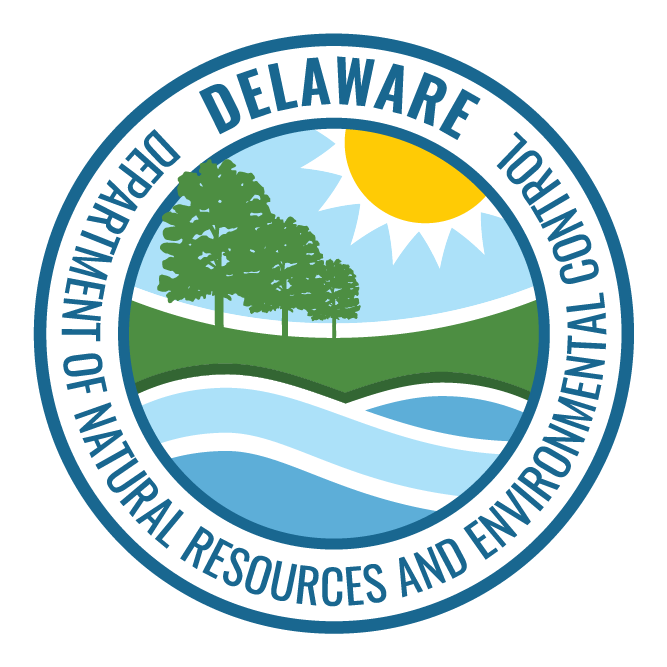Pages Tagged With: "deer"
Delaware is home to diverse and vibrant communities of fish and wildlife. Thousands of visitors are drawn to Delaware for hunting, fishing, wildlife viewing and photography. As Delaware expands its urban and suburban centers, and the population grows, there is an increase in human-wildlife contact and, sometimes, conflict. The idea of “nuisance wildlife” has become
The DNREC Division of Fish and Wildlife maintains records of the top hunter-taken whitetail deer in Delaware, using the Boone and Crockett scoring system. The records include whitetails taken in any year.
State Deer Rankings All-Time Typical Whitetail Deer Non-Typical
The DNREC Division of Fish and Wildlife requires hunters to register temporary deer stands or ground blinds they place on state wildlife areas.
Contact Us
DNREC Wildlife Section 302-739-9912
Register Stands or Blinds
If you see sick wildlife, or dead wildlife where it looks like the cause of death is an illness, please report it to the DNREC Division of Fish and Wildlife. If you see five or more sick or dead wild animals at the same location, please also call division staff at 302-735-3600
Wildlife disease surveillance, prevention, and control are crucial factors for safeguarding Delaware’s citizens, wildlife, pets, and livestock. Citizen reports help state biologists monitor wildlife populations in Delaware.
If you see
Delaware hunting seasons generally begin in September and run through early February of the following year. Specific seasons, based on species and method of take, begin and end on different dates throughout the year.
Wildlife Area Maps
State law allows Sunday hunting for deer, waterfowl, and gamebirds during established hunting seasons for those species on private lands, with landowner permission, and on designated publicly owned lands. Delaware’s deer, waterfowl, and gamebird seasons fall between the start of September and the end of the following January, except for the spring
White-tailed deer are one of the most important wildlife species managed in Delaware. Wildlife-watchers, photographers, and hunters flock to the state in pursuit of deer. They contribute millions of dollars each year to the state’s economy.
Sam Millman Deer Biologist 302-735-3600
Managed or controlled hunting is a highly organized effort to reduce the local deer population in urban areas. Hunters must apply and are selected for these hunts. Information on participating in managed hunts is available on the Master Hunter Program page. During the hunt, hunters have specified treestand locations
Chronic Wasting Disease (CWD) is a disease of the brain and nervous system in members of the family Cervidae (deer, elk, or moose). It has not been found in Delaware but has in 26 other states and four Canadian provinces. State wildlife officials are taking steps to avoid its spread into Delaware.
Many farmers report significant damage to their crops caused by deer. By combining non-lethal techniques with targeted harvest, farmers can reduce crop damage.
Contact Us
Ryan Harris Wildlife Damage Biologist 302-735-3600
Harvest of antlerless deer, specifically mature
The DNREC Division of Fish and Wildlife manages 19 public wildlife areas; approximately 68,000 acres of land. In addition to providing habitat for a variety of wildlife, these lands provide hunting and other outdoor recreational opportunities. Much of this land, and many acres of private land, provide hunting during a number of seasons. More information






